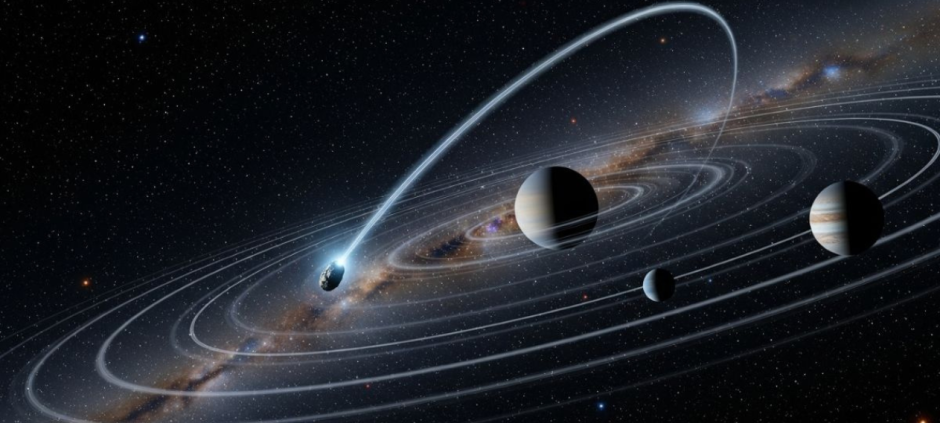Astronomers have confirmed the discovery of a new interstellar object entering our solar system. Named 3I/Atlas, it is the third such object ever detected by scientists.
This icy visitor was first spotted by a NASA-funded ATLAS survey observatory in Chile. After careful tracking and analysis, it was confirmed to be from outside the solar system.
The object is currently racing through space at more than 60 kilometers per second. That speed means it’s not bound by the Sun’s gravity and is just passing through. Experts say it will fly inside Mars’s orbit, but poses no threat to Earth.
Astronomers believe 3I/Atlas is likely a comet. It shows signs of a fuzzy appearance and even a short tail. This suggests it has gas and possibly dust surrounding it, common features of comets.
At an estimated size of 10 to 20 kilometers wide, it could be the largest interstellar object detected so far. If it is mostly ice, its brightness may be misleading, making it seem bigger than it is.
The object was previously known as A11pl3Z until it was confirmed to be of interstellar origin. It is currently around the same distance from Earth as Jupiter.
Scientists expect 3I/Atlas to brighten as it nears the Sun. It will reach its closest point — known as perihelion — on October 29. Then, it will slowly move away and eventually exit the solar system.
This is only the third time humanity has seen an object enter the solar system from deep space. The first was ʻOumuamua in 2017, followed by 2I/Borisov in 2019.
Though it’s not possible to launch a mission to intercept it, 3I/Atlas offers a rare chance to study materials from another star system. Scientists hope to learn more about its shape, composition, and rotation in the coming months.
Experts believe many more interstellar objects pass through the solar system undetected. With powerful new telescopes like the Vera C. Rubin Observatory coming online, we may spot these cosmic visitors more often in the future.Astronomers are increasingly uncovering new objects beyond our planetary neighborhood. A recent discovery at the solar system’s outer edge adds to this growing list: Mysterious Distant Object Discovered.











